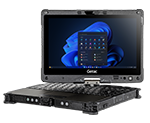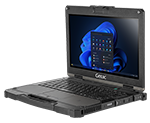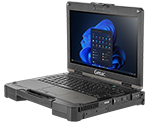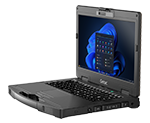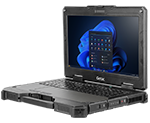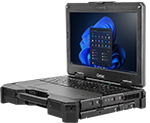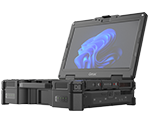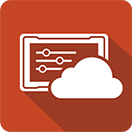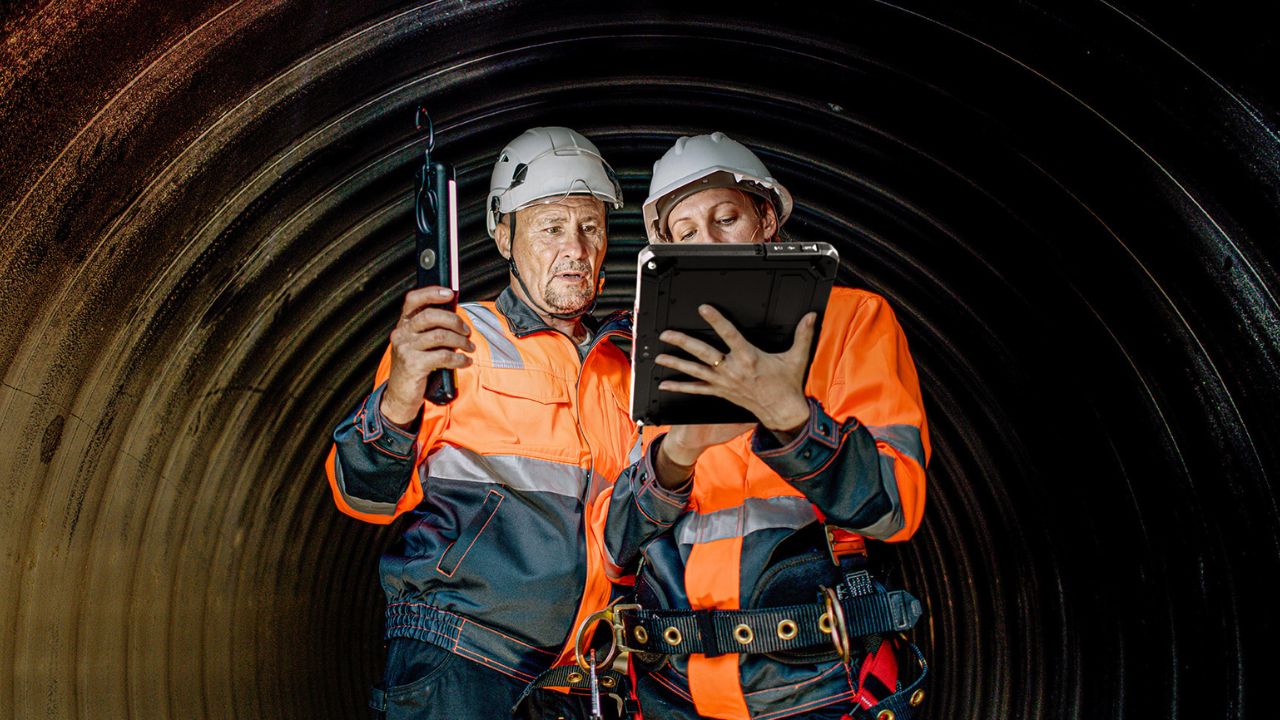Field Service and many other enterprise organizations are faced with a talent crisis. This includes attracting and onboarding new field service techs while a large percentage of experienced technicians are leaving or retiring.
According to research from the Service Council, 70% of field service organizations are concerned about the knowledge loss from a retiring field workforce. Moreover, these organizations mentioned they would be burdened by the knowledge loss of a retiring workforce in the next 5-10 years. As senior and more experienced technicians retire, less experienced technicians can lose access to tribal knowledge and hands-on experience gained only through years of field experience.
Advancements in mobile technology are helping enterprise organizations solve complex organizational challenges faster, retain tribal knowledge, and onboard new technicians more quickly to help meet customer service demands.
In the past, connectivity challenges in the field and return on investment (ROI) have kept rugged mobile technology from keeping pace with the evolving needs of frontline workers. But that was then. Today, mobile technology enables real-time communication and collaboration between team members, the back office, and remote experts anywhere in the world.
Digital transformation is the process of rethinking how organizations use and deploy technology to improve worker efficiency, productivity, communication, and ROI.
Your frontline workers are responsible for delivering superior customer service and support. In the age of social media, all it takes is one poor job and one bad review for companies to feel a customer's wrath. More importantly, lose potential customers and revenue.
Although some field service organizations (FSOs) deploy new technology and embrace a digital transformation mindset, many still rely on and deploy outdated technology. This results in a lack of efficiency, productivity, inefficient communication, collaboration, and decreased customer satisfaction.
A confluence of factors drives field service and enterprise organizations to adopt technologies such as remote guidance to meet the challenges they face head-on.
Remote Expert Guidance Benefits
Improved productivity
Frontline workers need no longer worry about having all the necessary training and expertise required to troubleshoot a specific problem or attend to any new issues. Remote experts can help bridge the knowledge and experience gaps effectively.
Faster Onboarding + Training
Enabling novice workers to handle challenging projects and service calls helps them gain expertise faster by learning how to repair in actual real-world scenarios. For example, in industrial manufacturing, a worker on the plant floor can learn from a subject matter expert (SME) when a machine breaks down or needs preventative maintenance. The technician can learn standard operating procedures, and the SME can monitor and take corrective action when work does not meet quality control specifications.
Efficiency + Productivity
With remote experts and onsite techs collaborating through rugged mobile devices in real-time, enterprises no longer need to send their best experts to every job. Such methods can be expensive and time-consuming. When experts can dial in remotely, they can also be used more efficiently and cover a larger portfolio of locations. One expert can oversee multiple units at a time instead of having to waste precious travel time. At the same time, companies can also use less-experienced workers for most jobs and save expertise only when needed.
Improved customer service
Improved first-time fix rates and fewer bottlenecks lead to more satisfied customers. Customers do not have to reschedule appointments or wait a few more days to resolve their problems. Regardless of the industry, frontline employees collaborate faster and more efficiently with remote experts to improve customer service metrics.
Augmented reality (AR)
AR applications on rugged mobile devices have a plethora of benefits. The SME can see what the technician sees. They can use special annotation tools to "draw" on the tablet to troubleshoot and walk the technician through the entire repair in real-time. This decreases multiple service calls, improves first-time fix rates, and improves customer satisfaction.
Mobility is essential for every frontline employee's toolkit. Equally important, it enables the frontline worker to be a seamless extension of the back office in real-time.
Adopting technology to help workers will help companies, no matter their size, realize the promise of digital transformation. Accurate information and expertise are vital in today's fast-moving world of business.


